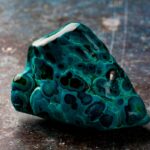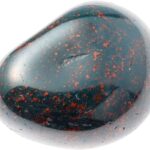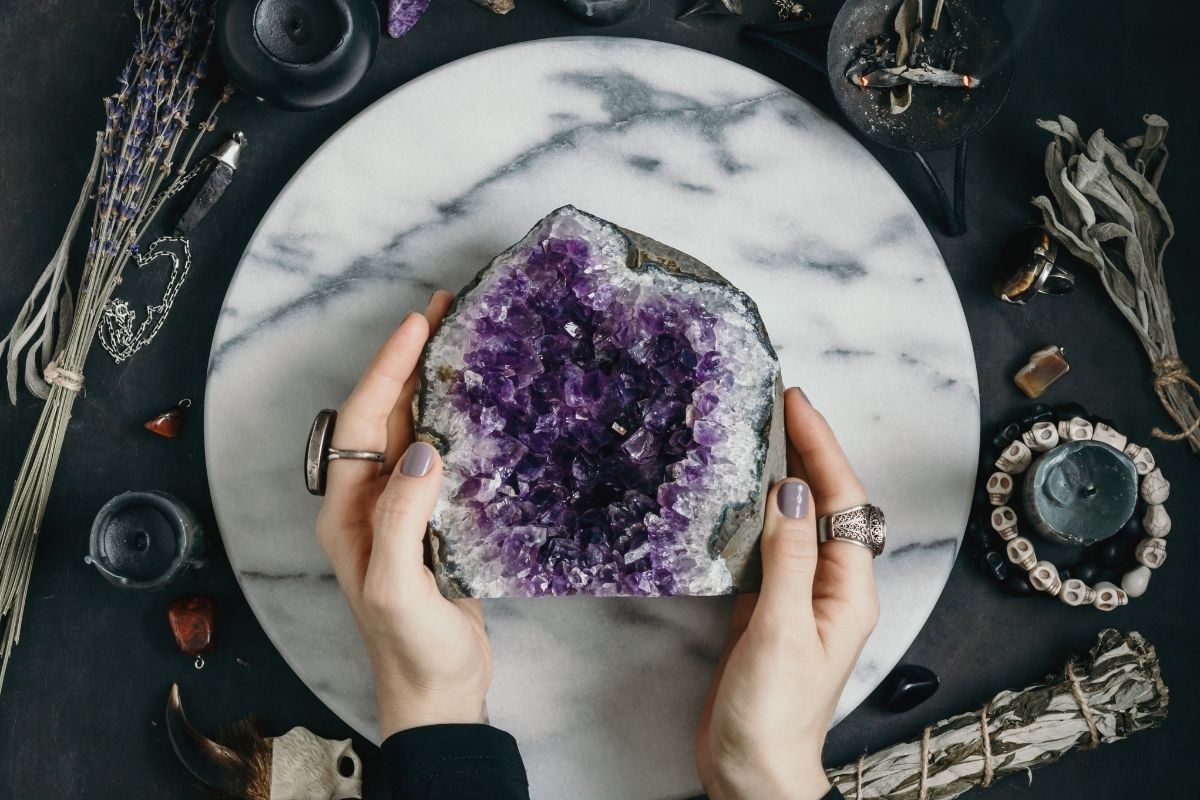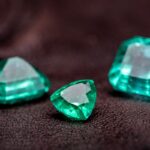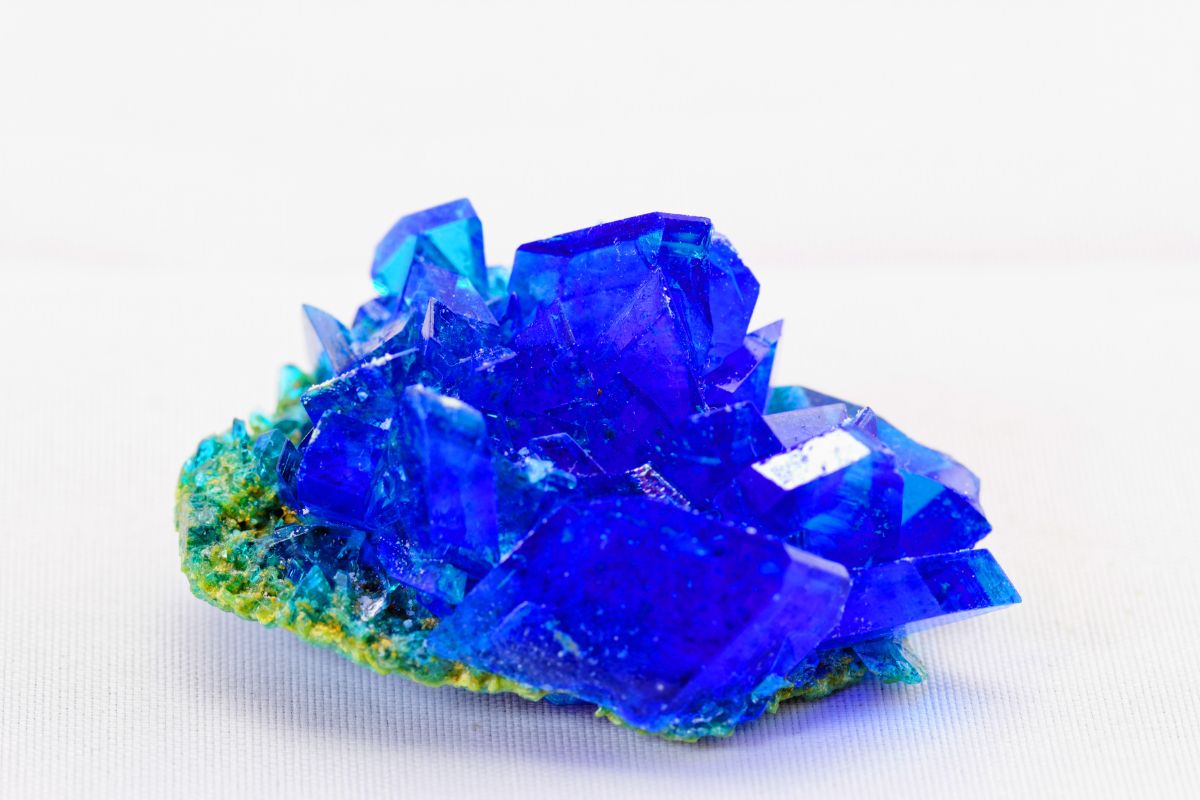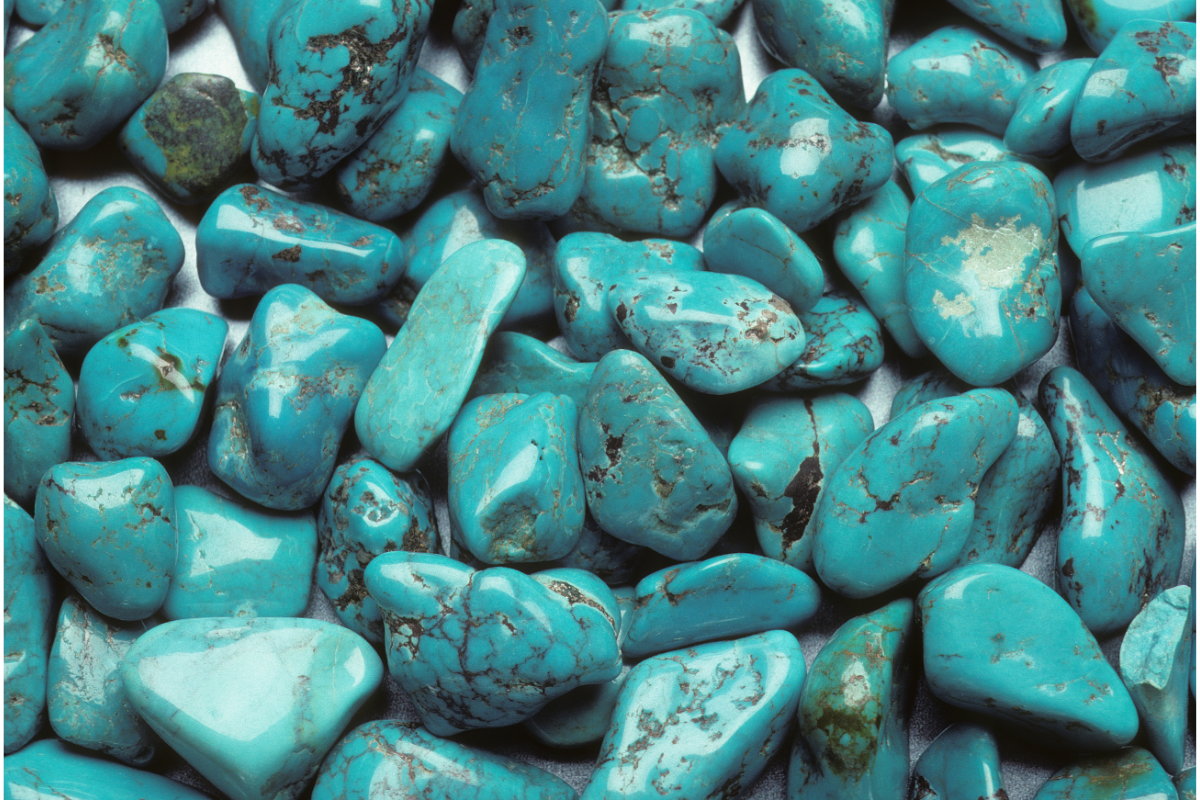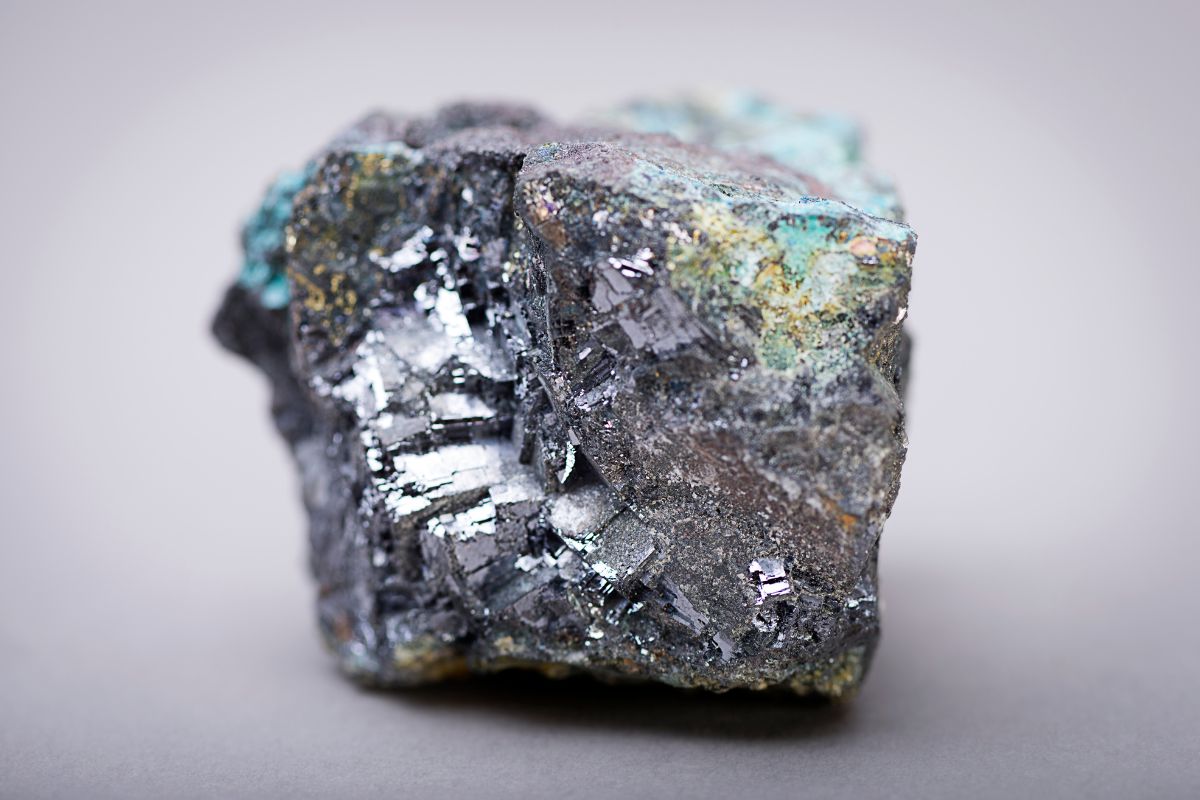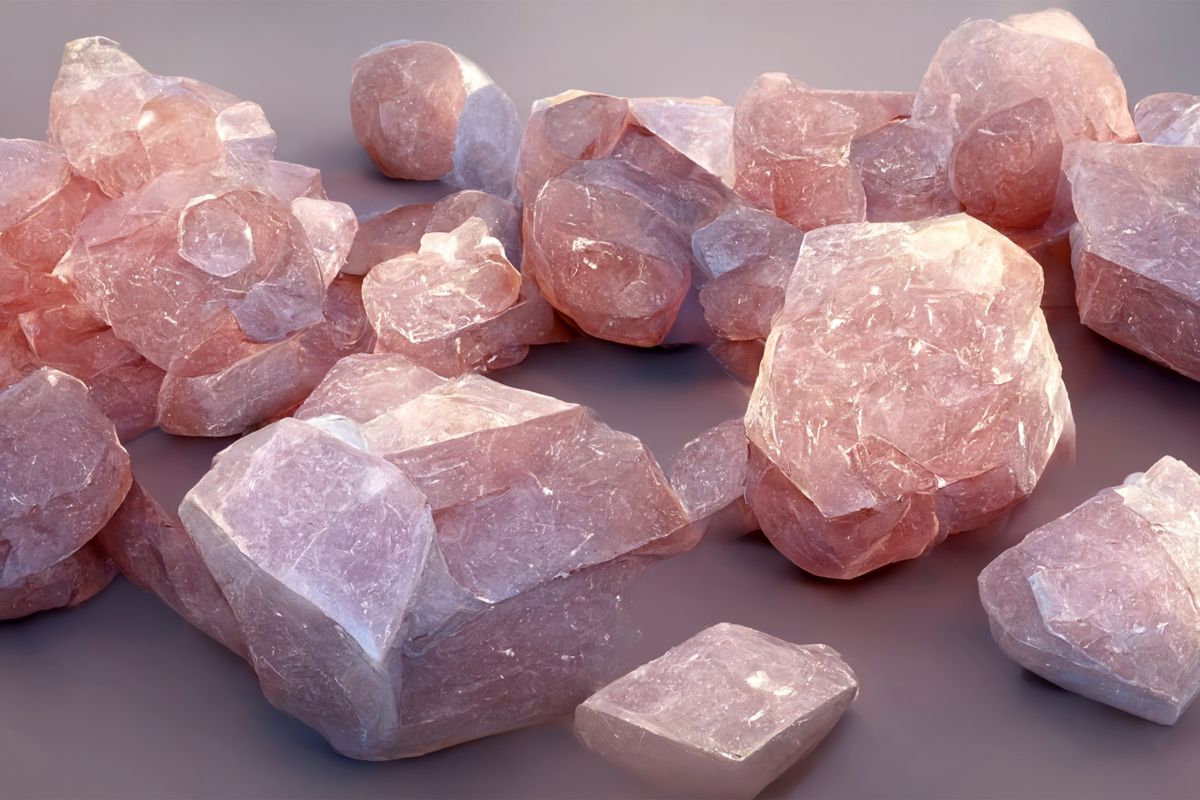As one of the most eagerly sought-after gemstones for several cultures around the world, jade has a huge historical significance and cultural standing.
That should lead to some scrutiny to check if the gemstone is in fact jade as several retailers can attempt to pass off fakes for the genuine article.

Authentic jade can be expensive so if it is a fake jade gemstone, you should not be expected to pay the full price. If you do not trust a jeweler then you should be able to tell if the jade is real or not (see also ‘How to Tell if Opal is Real‘).
The overriding way to find out if the jade you have is real or not is to put it in front of a gemologist. Before you do so, there are a few tests you can perform yourself to check whether it is in fact real or a fake.
In this guide, we will look at those tests including the scratch test, the sound test, the temperature test, the color/texture test, and the weight test.
The Scratch Test
Jade should be known as a particularly dense and hard gemstone so, in theory, it should scratch most metals and glass.
However, if you use metals or glass to scratch pure jade then they should not leave a mark, even a white line can be easily wiped off.
This is a careful test to do as you could end up scratching a piece of what you thought was jade but is now a marked fake.
The test should only be done on a piece of jade that you own and are prepared to have scratched so perform the test on the underside if possible.
The Sound Test
If you can get hold of a genuine piece of jade then you can perform the sound test. Tap the genuine jade against the one you want to test and, should both be genuine, you should hear a clink rather like the sound of a bell.
This is due to the density of the gemstone as other gemstones can make a comparatively hollow sound. For instance, tapping a piece of genuine jade on some glass should provide a comparatively heavy chime.
The Temperature Test
Get used to the feel of a piece of jade as a temperature test can determine whether it is genuine or not. When you hold it, if the jade is genuine then it should feel almost cold and like a piece of soap in your hand.
Your hand should be warm and it should take some time for the piece of jade to raise its own temperature and warm up in your palm.
You could compare a piece of genuine jade to the one in your hand and they should warm up at equal rates though it can be subjective between two people.
The Color/Texture Test
A piece of genuine jade should have a smooth and bright color to reflect light, rather like water does. Make an examination of the gemstone to check that the color remains consistent throughout rather than blotchy.
There should be some color variations that remain the same throughout the gemstone though a fake piece of jade may look suspiciously perfect all the way through.
The texture of a piece of jade may also contain some minor imperfections like some pitting and, again, if it appears perfect it is almost certainly too good to be true.
The Weight Test

A jeweler or gemologist can be asked to perform a density test which combines a water displacement test by using a spring scale.
As a gemstone, jade is one of the densest around so it should feel heavy when placed in your hand due to the amount of mass per unit of its volume.
You can also throw a jade gemstone in the air and catch it, the impact on your hand should confirm its density compared to other gemstones.
This does not tend to be a conclusive test as there are two variations of jade and jadeite has only a marginally higher density than nephrite.
It can be as close as a density of 2.90 to 3.03 for nephrite and then to a range of between 3.30 and 3.38 for jadeite.
Final Thoughts
If you are planning on buying a piece of jade then having certain tests performed in front of you can make a big difference.
These can simply include having a hold of a piece of jade to check its temperature or allowing a gemologist to perform the scratch test with you present.
You can also insist on having a good look at the piece of jade through a microscope to check for any color or texture impurities.
Sometimes, and this is certainly the case for a piece of jade, if it appears too perfect there is a strong possibility that it is too good to be true.
You should be prepared to make an evaluation based on certain consistencies that you can expect and minor imperfections that you may want to see too.
Frequently Asked Questions
How Do You Clean A Jadeite Gemstone?
Cleaning a jade gemstone may simply mean bathing and rubbing it in some warm and soapy water which is a relatively safe option.
For an untreated gemstone, you are likely to be ok with some steam cleaners and ultrasonic cleaning.
However, heat treatment, bleaching, or dyeing may affect the appearance of the gemstone so try to steer clear of them.
What Is The Spiritual Meaning Behind A Jade Gemstone?
As a gemstone, you should be aware that jade acts as a symbol of purity and serenity. The spiritual meaning is one of wisdom that has been gathered in a sense of tranquility.
Jade is also known to be a protective stone so it should keep the wearer free from harm to introduce harmony. The gemstone is also said to attract friendship (see also ‘12 Fantastic Crystals To Improve Your Friendships‘) and good luck to whoever wears it.
- 15 Crystals That Cannot Be Exposed To The Sun - January 7, 2024
- Malachite Vs Fuchsite – Benefits And Uses - January 7, 2024
- Malachite Vs. Green Jasper: Benefits And Uses - January 7, 2024

